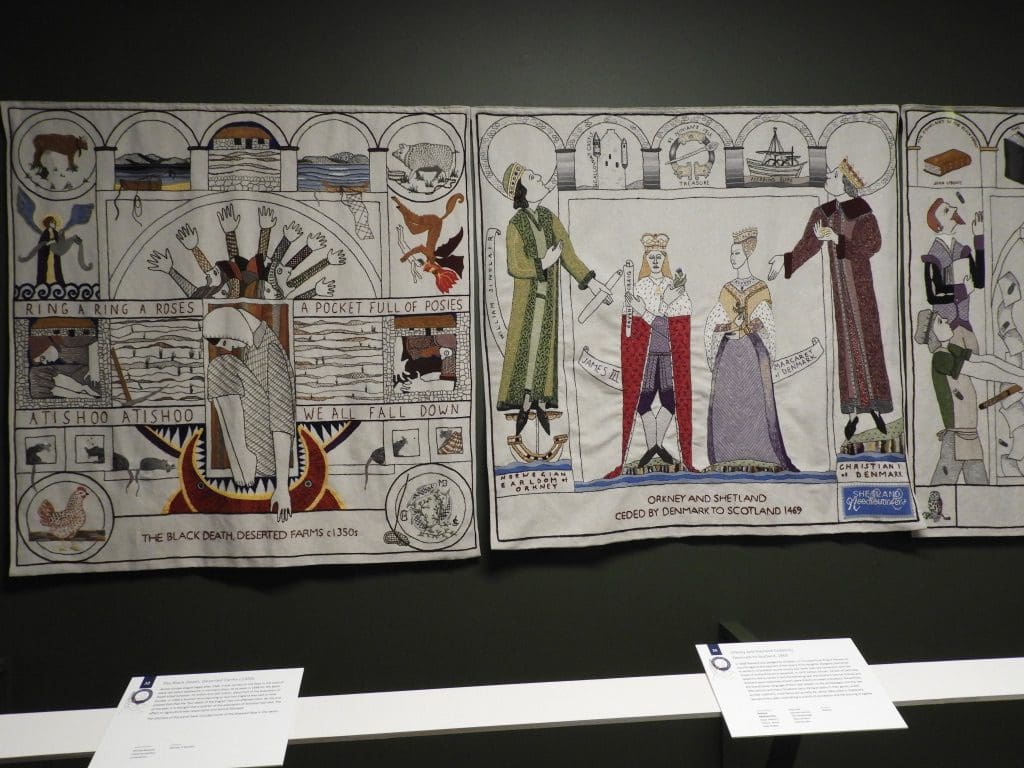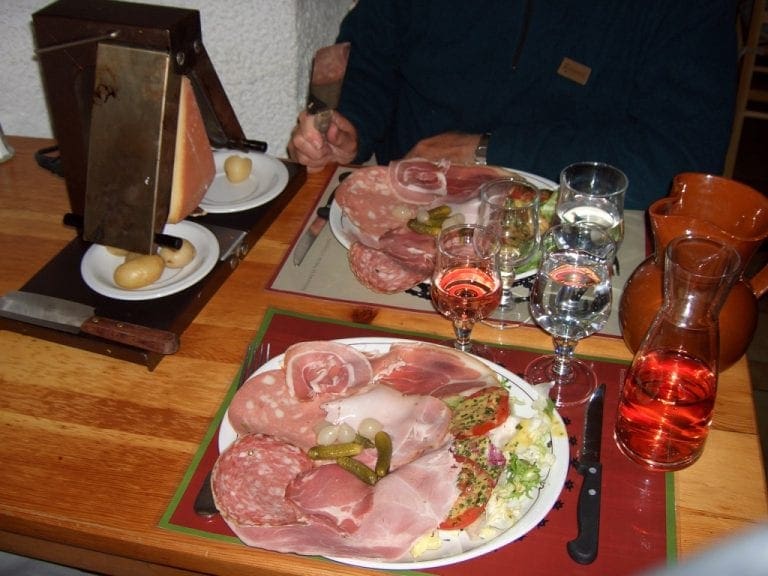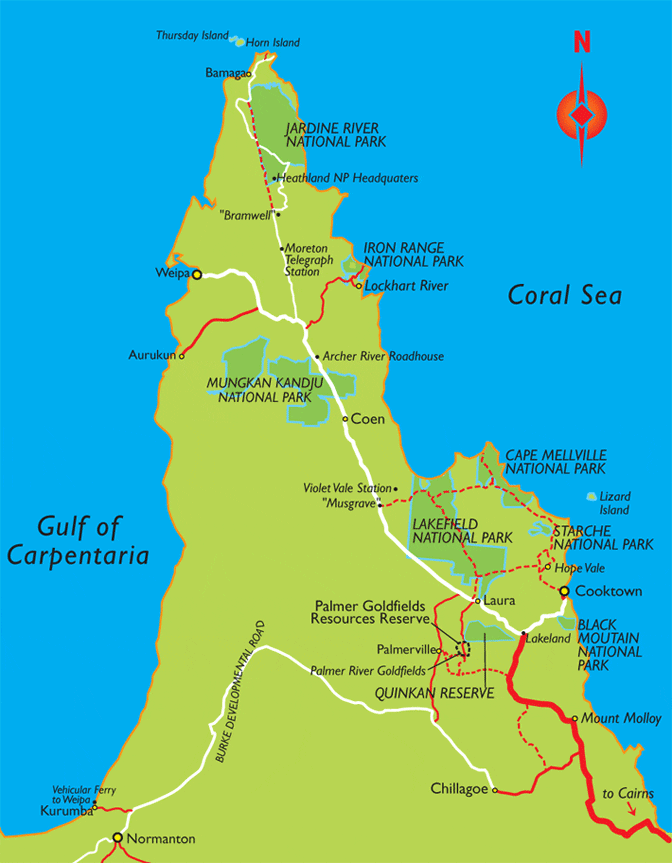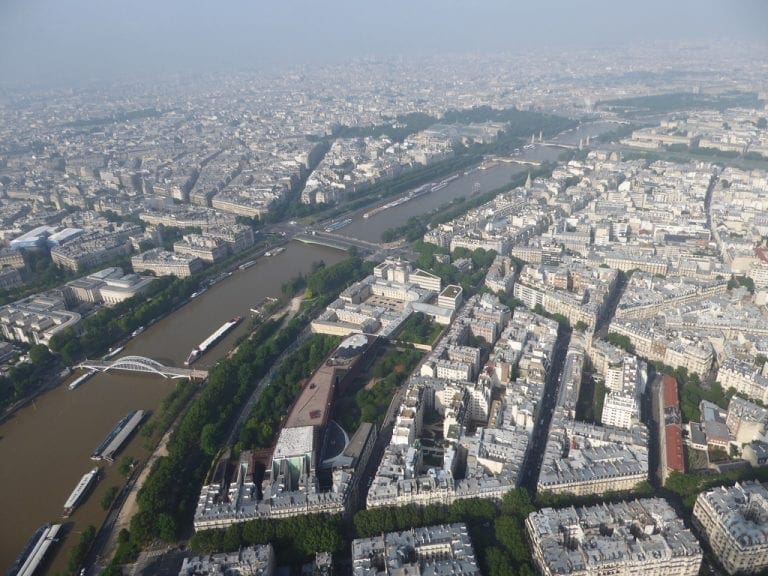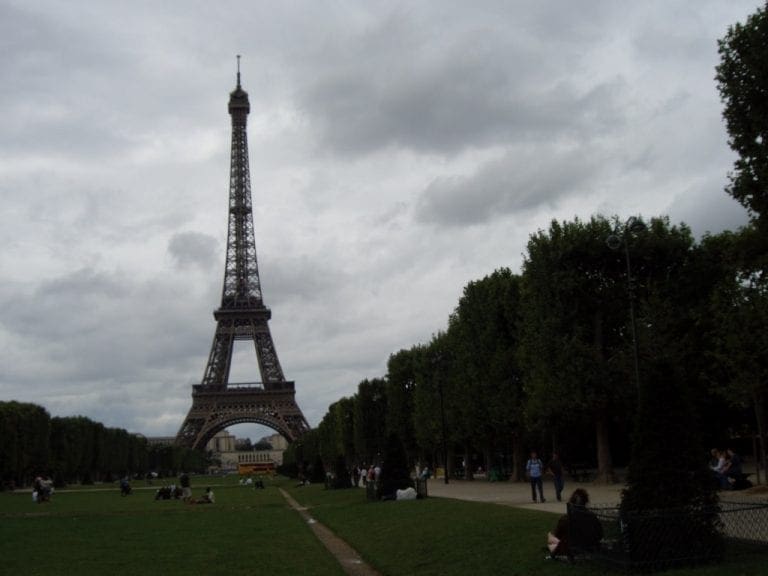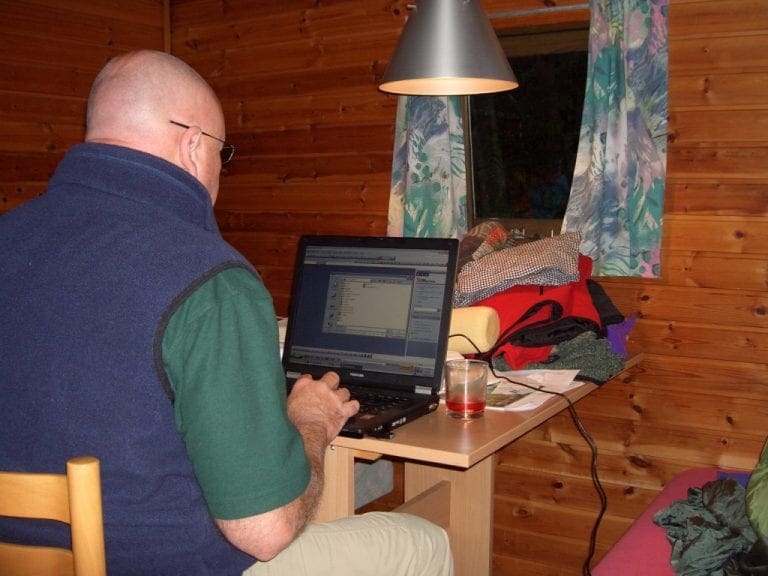Europe Trip 2018 – week 7 more Scotland
 |
| Alva – a hillfoots village Believe it or not this is a 2-way street |
Monday 11 June 2018. Day 42. We are at Alva a small village to the north east of Stirling. We will be here for 5 nights. This is accommodation 14 of 22 and the last of our HomeAway bookings. Alva is a family history stop – Helen has one branch of her family from Alva and surrounding villages. This was a major spinning/weaving area with nine mills on the small brook that runs through the village from very steep high hills immediately north. Back in the day, this village was a prosperous, busy weaving centre – as were a string of villages along the foot of that huge steep hill – Hillfoots Villages. Now, the extended village of Alva is a dormitory suburb for Stirling and Edinburgh. The village centre is dying with closing shops. Our small apartment is in Alva village centre.
Today was a chance to recover from the last week, catch up with washing and hunt through the local cemetery for dead rels.
 |
| The Kelpies Horses that pulled canal boats |
Tuesday 12 June 2018. Day 43. Falkirk Wheel and Kelpies. The Falkirk Wheel is another boat lift to join two canals: the Forth and Clyde Canal (sea to sea canal connecting the Firth of Forth and River Clyde – built 1768-1790) and the Union Canal (a contour canal built 1812-1822 to connect Falkirk with Edinburgh). Falkirk Wheel is a modern installation replacing a flight of 11 locks that was filled in after the canal system became defunct in 1933. This boat lift, like the Anderton, uses the Archimedes principle to equalise the weight of two gondolas (with or without boats). Unlike Anderton, the Falkirk Wheel rotates the gondolas around a central shaft. Very little power is needed.
Kelpies are huge statues to commemorate the thousands of horses that pulled boats along canals of Scotland and England.
Wednesday 13 June 2018. Day 44. A day to Edinburgh – mainly to visit the Scottish Genealogy Society – which was a disappointment. Because they are trying to keep cars out of Edinburgh, we used a Park N Ride. The ‘park’ part of that was completely full of cars to the point of overflowing. It might be a good idea to provide sufficient parking for the ‘keep cars out’ part to work. The ‘ride’ part was a tram that delivered us to city centre – just a walk up the hill, through a narrow ally and bingo we were in tourist heaven – kilts, pipers, tour buses, old discoloured buildings, cobble stones, hundreds of cameras. Unfortunately, the Scottish Genealogy Society has little to add to what we had already found online.
Thursday 14 June 2018. Day 45. The forecast for today changed during yesterday from today being a sunny warm day – to yellow warnings for rain and strong 50-70mph winds. After the rain had gone through, we ploughed up and down a cemetery at Alloa where Helen had ancestors. Unfortunately, today’s cemetery did not have many old graves. Fortunately, a phone number on the gate helped us locate the ‘old’ cemetery. That sounds like tomorrow’s work.
Friday 15 June 2018. Day 46. Rain today but fortunately less wind. More cemetery hunts. We ploughed around the old cemeteries for Alloa. Very disappointing – many headstones have been pushed over so inscriptions cannot be seen and most of the rest have weathered away.
Saturday 16 June 2018. Day 47. This turned out to be a remarkably good day. We left our apartment in Alva and drove to New Lanark – site of an ambitious mill-ownership/community housing project founded by David Dale in 1786 and later run by his son-in-law Robert Owen from 1800. Owen was more than a century ahead of his time in conducting this paternalistic social experiment – look after your working community, educate them, feed them, house them, look after their health – and they will increase your profits.
Children went to the village school for free until they were 10 and to 12 for a small fee. Housing was provided in long multi-storey buildings. A co-operative store was established – Owen bought in bulk, ran a credit sheet between paydays – this became the co-op stores in almost every village and town in Scotland. 6d per week was collected as part of a health-insurance scheme – which paid for a doctor and if you were sick and could not work, you still got paid. Workers were rated by a coloured block – white = good, yellow = fair, blue = so so, black = no good. Three ‘no good’ days in a row and your name was displayed at the front of the mill. School was much like the current Finnish system of learning through play and discovery. Very unlike the times, no child was hit nor was any mill worker. The project was continued after Owen left.
New Lanark is now a UNESCO site and run by New Lanark Trust which restored what it could of the mill buildings after they had been destroyed by subsequent owners in the 20C. We did a tour which is excellent and highly recommended. New Lanark has turned out to be a highlight of the trip.
Housed on the ground floor of Mill No3 building is a travelling tapestry display ‘The Great Tapestry of Scotland‘. This too is excellent. In 190 panels of embroidery the project was to tell the history of Scotland. The story board was designed by Andrew Crummy and each panel assigned to community groups (some of which had no sewing experience). Over a thousand people stitched panels.
We are staying in New Lanark village for the night at Wee Row Hostel. Our first youth hostel in UK – in one of the original buildings built by David Dale in 1780s – refurbished innners.
Scottish weather: Scotland has two season – Winter and June. Last year summer was recorded on 26th June.
Sunday 17 June 2018. Day 48. Today was a bit of a Lymond Drive. For about 20 years I have been a fan of Dorothy Dunnet’s books. Her very first book, ‘Game of Kings’ is set in the Scottish borders where she introduces Lymond, her main character for the six volume series. I have read Game of Kings quite a few times. Today, we drove through or passed by many of the places mention in that first volume. Quite a treat. This is Scottish Border country – an area that was fought over for centuries by Scots and English. For a good chunk of that first volume, Lymond is a Reiver, as were my ancestors. More on Reivers next week.
 |
| Sketch of Hutton’s Unconformity Horizontal beds above Vertical beds below |
Tonight, we are at a delightful B&B at Hundalee just south of Jedburgh. For those with a geological bent, this is a very important place where ‘Father of Geology’, James Hutton, was looking for and found a series of vertical beds of rock covered by a series of horizontal beds – an unconformity. This discovery confirmed his hypothesis of ‘uniformitarianism’ one of the main planks on which geology is built. A few years later another amateur naturalist who was intrigued with geology and took a copy of Hutton’s book with him on his travels was one Charles Darwin. It all began here folks. Forming an idea, then looking of evidence for and against – the beginning of the modern scientific method.
